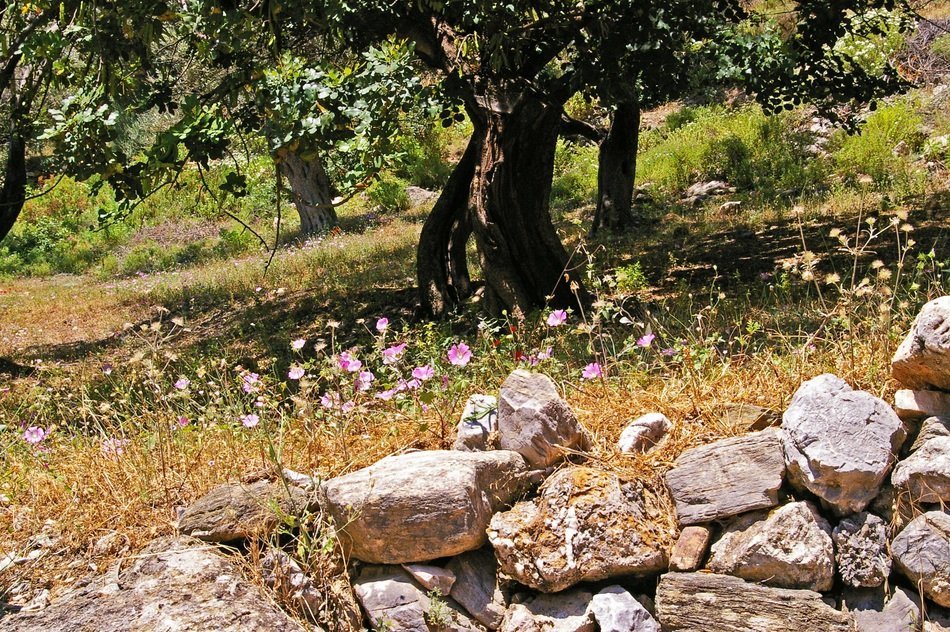If you’re into growing your own food, you might already know about the herbs and small vegetables you can cultivate in your own garden. But have you ever thought about olives?
When it comes to home gardening, olive trees belong to an advanced tier. They require a specific environment, plenty of time, and lots of tender loving care. If you do everything right though, you’ll be rewarded with your very own supply of olives for all the recipes your heart desires.
We’ll walk you through what you need to know, including some home gardening tips.
Location, Location, Location
When you think of olive trees, what comes to mind? If “Greece” was one of your thoughts, you’re right on the money. Olive trees thrive in a Mediterranean environment.
This means when you’re wondering where to plant your tree, you should go for a sunny spot and avoid harsh conditions when possible. If you have some barriers like walls, fences, or shelters, this could help protect your olive tree from the elements.
What if you live in a cold or rainy region? Well, an olive tree might not be right for your garden in that case. Instead, you can adopt an olive tree as a gift!
Fun With Fungi
If you haven’t already heard of the beautiful relationship mushrooms can have with trees, now is the time to learn.
Olive trees are actually considered mycorrhizal-dependent, meaning the presence of certain fungi is important for their growth and wellbeing. These fungi already exist in any soil, but you can help by adding extra in the early stages.
Food and Water
Olive trees thrive in drier climates, but they might need help during especially dry periods. Paying extra attention to your tree’s hydration during these times can help you keep everything on track.
Another thing that will help your olive tree thrive is seasonal feeding with a liquid fertilizer. Giving your tree nutrients during a strategic time period each year (typically from spring to fall) will help you get the best results.
A Cozy Blanket
Because olive trees like to be warm, it’s important to protect your tree from the cold. Gardeners have come up with a variety of solutions for this, ranging from bubble wrap to specially designed blankets.
Whatever you choose, you’ll likely have to wrap some kind of material around your tree when it gets too cold.
Patience in Home Gardening
If you’re envisioning jars full of olives and olive juice the summer after planting your tree, you will need to manage those expectations. It will take multiple years for your tree to get to the stage where it can start fruiting and producing olives. And even if your tree looks healthy and happy, it still might never fruit.
Once you finally get some olives on the tree, you should know that they still need to go through a lengthy brining process before they’re ready to eat. But trust us: one bite and you’ll know it was all worth it!
Enjoy “Olive” the Benefits
Olives are delicious and nutritious, and when you pick them from your own garden, there’s the added joy of knowing everything that went into the process. So if you think olive trees might be right for your home gardening journey, go ahead and get started! Your tastebuds will thank you.
And for more amazing at-home tips and tricks, check out the rest of this blog!


